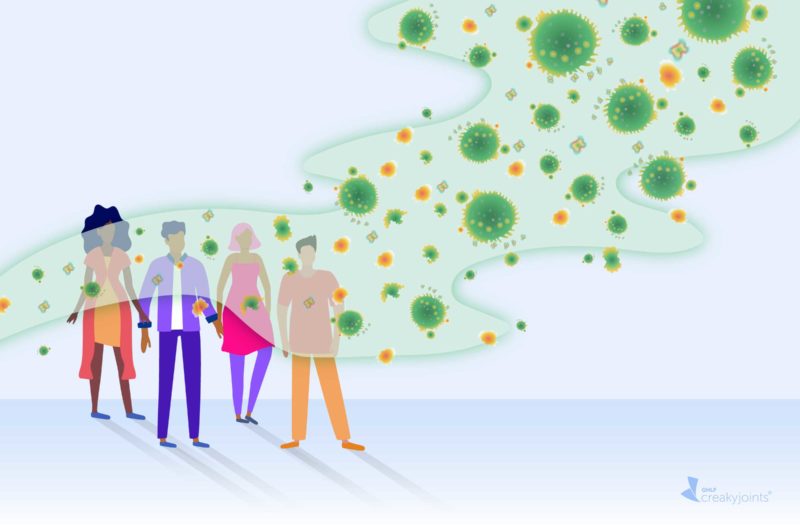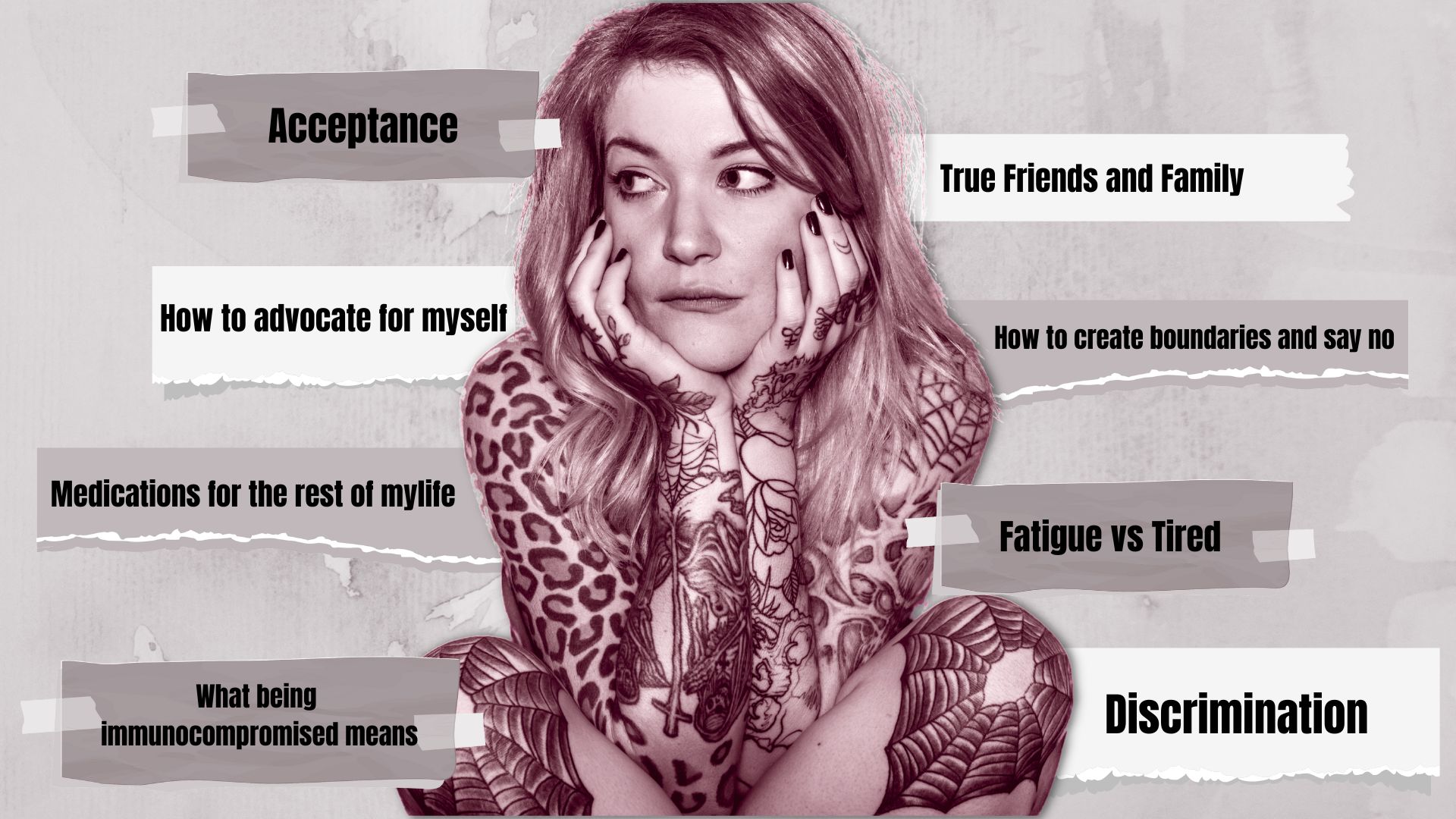Learn more about our FREE COVID-19 Patient Support Program for chronic illness patients and their loved ones.
By now you likely know that COVID-19 is most often transmitted via droplets of moisture that are emitted when an infected person coughs, sneezes, or even breathes. That’s the main reason experts have been emphasizing the importance of keeping at least six feet away from anyone who isn’t part of your (healthy) immediate household and wearing face masks or coverings if you have to get closer.
However, whether or not you should be concerned about breathing in air even if no one else is physically near you — that is, whether coronavirus can remain airborne for longer periods — has been a matter of some debate. Now the World Health Organization (WHO) admits that it’s worth being cautious.
On July 9, the WHO revised its guidance about how COVID-19 is transmitted to include information about “aerosol transmission.”
Droplets and aerosols are similar in that they are both tiny respiratory particles, but droplets are larger and heavier so they don’t travel too far and will fall to the ground (and out of the air) rather quickly. Aerosols, however, are teenier; because they’re so small and lightweight, they may float in the air for hours and drift further away from the original source.
Experts have long known that aerosolized particles are dangerous in health care settings, such as when a medical professional intubates a COVID-19 patient so they may be put on a ventilator. But recently there is mounting evidence that the general population should pay attention to the risk from aerosols as well.
According to the most recent information from the WHO, “there have been reported outbreaks of COVID-19 in some closed settings, such as restaurants, nightclubs, places of worship or places of work where people may be shouting, talking, or singing. In these outbreaks, aerosol transmission, particularly in these indoor locations where there are crowded and inadequately ventilated spaces where infected persons spend long periods of time with others, cannot be ruled out.”
While the organization says that more research on the importance of aerosols is needed to “assess their significance for transmission of COVID-19,” a growing number of experts are concerned.
Many believe that the spread of the virus via these extra tiny airborne droplets may explain why there have been major outbreaks in poorly ventilated indoor spaces, such as churches and restaurants.
Aerosols are less likely to be problematic outdoors thanks to better air circulation.
As the information about this novel coronavirus continues to evolve, it’s wise to take as many precautions as reasonable, especially if you have an underlying health condition or are immunocompromised and are therefore at a higher risk of developing severe COVID-19 complications.
Avoid crowds, maintain distance from others, and wear a mask whenever you’re out in public near other people — and always when you’re indoors.
Get Free Coronavirus Support for Chronic Illness Patients
Join the Global Healthy Living Foundation’s free COVID-19 Support Program for chronic illness patients and their families. We will be providing updated information, community support, and other resources tailored specifically to your health and safety. Join now.
Jayaweera M, et al. Transmission of COVID-19 Virus by Droplets and Aerosols: A Critical Review on the Unresolved Dichotomy. Environmental Research. June 2020. doi: https://doi.org/10.1016/j.envres.2020.109819.
Mandavilli A. Airborne Coronavirus: What You Should Do Now.” New York Times. July 6, 2020. https://www.nytimes.com/2020/07/06/health/coronavirus-airborne-aerosols.html.
Q&A: How is COVID-19 Transmitted? World Health Organization. July 9, 2020.
https://www.who.int/news-room/q-a-detail/q-a-how-is-covid-19-transmitted.






